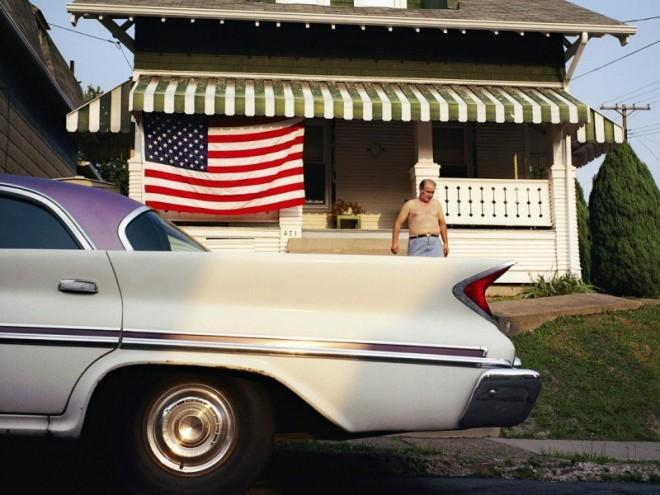He traveled the world during his two decades with the magazine, though the vast majority of the photos he took never made it into print.
Luckily, National Geographic's Washington, DC, lab held on to all of his unpublished negatives, and when Benn quit working for the magazine in 1991, he transferred them to a storage space.
He didn't look at them again until 12 years later.
In 1993 he founded the world's first online commercial photo library, the Picture Network International, which he sold to Eastman Kodak in 1998. Then, in 2000, he started his three-year tenure as the director of the world-renowned Magnum Photos.
Benn finally started digging through his archives in 2003, curating a selection of work for his book, "Kodachrome Memory," which was published in 2013. The book, a collection of outtakes from his National Geographic days, depicts the US between the 1970s and the 1990s.
Keep scrolling to read Benn's story, as well as the backstories of some of his favorite shooting assignments.
When Benn was growing up in Miami, he was one of the very few who had a camera. "This was not when everyone had a camera on their iPhone," he said.
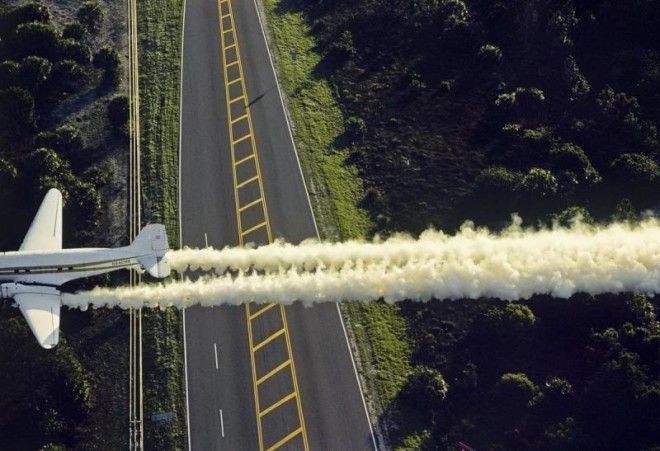
Collier County, Florida, 1981.
The summer after he graduated high school, Benn gained experience by interning with the Miami News for four consecutive summers and another with the Palm Beach Times.
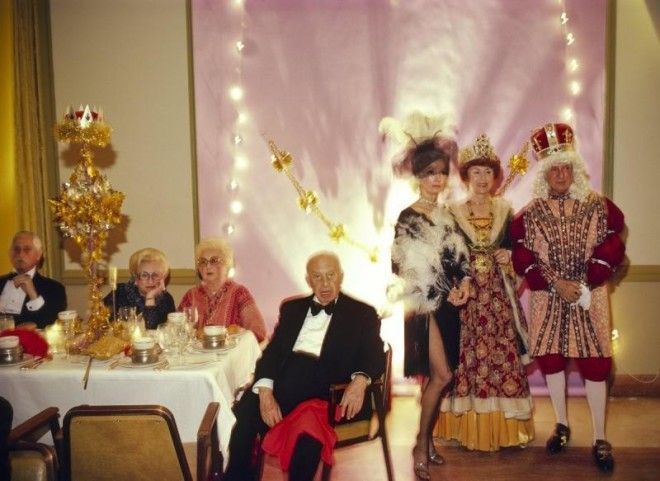
Palm Beach, Florida, 1981.
In 1971, Benn drove to New York City to show his portfolio to a number of photo editors. It was an editor at Time magazine who suggested Benn go see Robert Gilka, the director of photography at National Geographic,
who would hire him for a full-time job the following year.
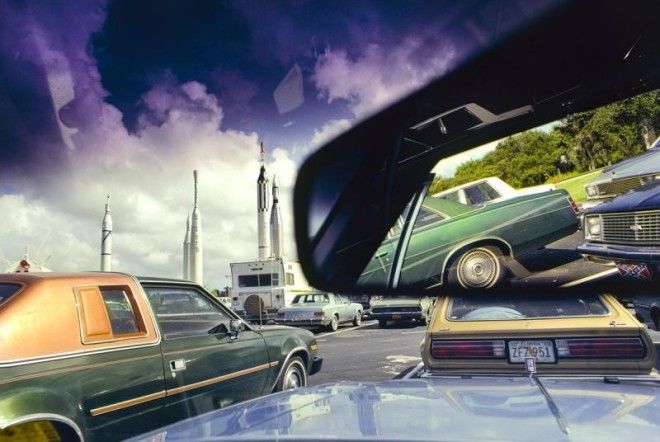
Cape Canaveral, Florida, 1981.
Benn describes the offices of National Geographic in 1972 as an elite and intense environment, comparing them to the offices depicted on the television show "Mad Men."
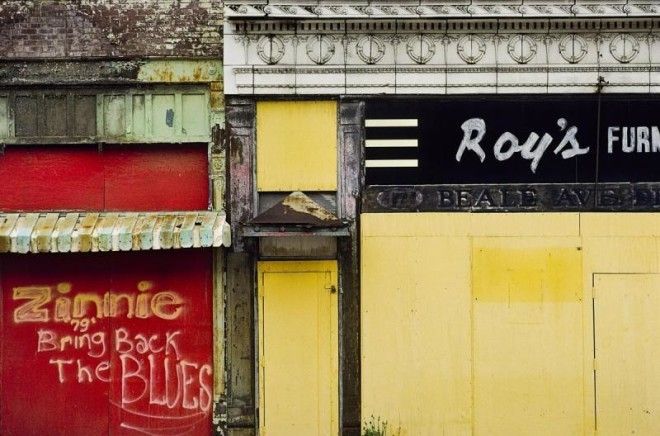
Beale Street, Memphis, Tennessee, 1983.
Benn's prior newspaper experience trained him well for his time at National Geographic, but unlike his coverage of the local football games, his assignments for the magazine were time-intensive and emotionally taxing.
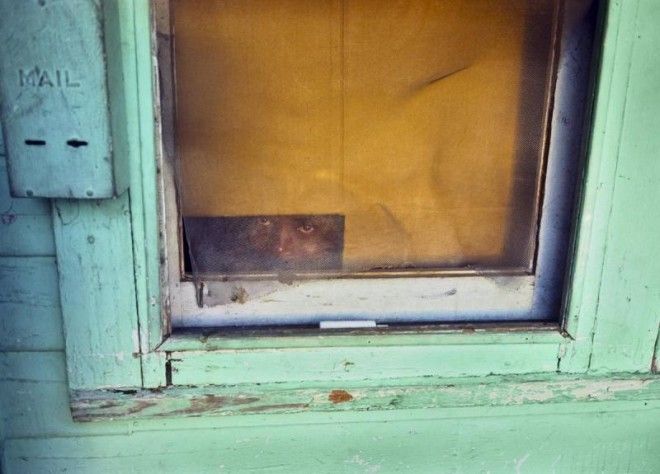
Miami, Florida, 1981.
The cover image of Benn's new book was taken in 1973, during one of his first assignments for National Geographic. He was sent down to the Cleveland, Mississippi, Greyhound bus depot to document the Great Migration, or the movement of African-Americans from the south to the north up through the 1970s. This photo didn't ever run in National Geographic, but Benn found something inherently "fresh" about the photo when he revisited it 30 years later.

Cleveland, Mississippi, 1973.
While on assignment in Vermont, Benn discovered what he called "a commune of 'hippies.'" Benn captured this beautiful shot of one of the land's dozen or so residents. "For me, [this image] evokes a certain 1930s [feel]," he said, though the photo was taken in 1973.
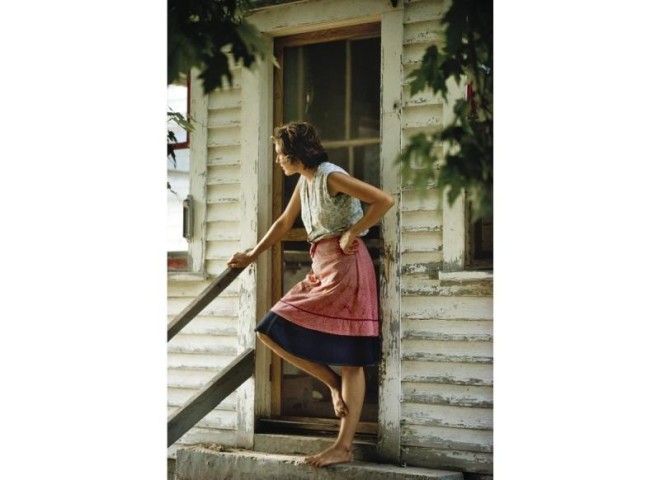
New Haven, Vermont, 1973.
In 1990, Benn went to photograph on assignment in Pittsburgh. "I wanted to be more honest in representing the post-industrial Pittsburgh, where desks and paperwork replaced industrial processes, and women equaled men in the workforce," he said.

Pittsburgh, 1990.
On his last assignment for National Geographic, Benn photographed July Fourth celebrations in Pittsburgh. This shoot stands out in his memory not only because it was one of his last, but also because his assistant was a young woman from Yale whom he would eventually marry. "The pictures of fireworks ... were crummy. But I took a shine to my assistant, Ms. Abrams. Next year will be our 20th anniversary, and our son started high school yesterday," Benn said.
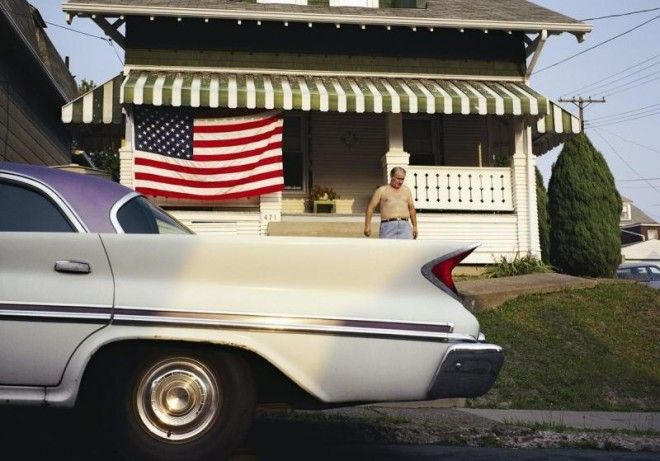
Pittsburgh, Fourth of July, 1990.
His goal as a professional photographer has always been to capture everyday scenes in a compelling way. Though they may seem simple, Benn's images reveal important information about the time, place, and personality of his subjects.
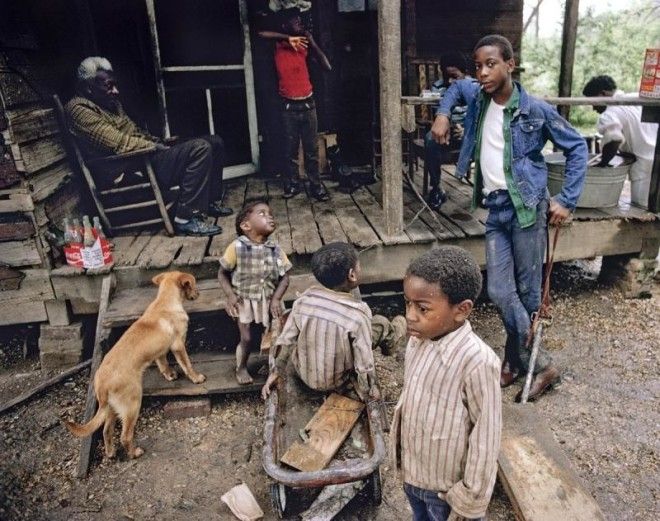
Pattison, Mississippi, 1973.
As his career progressed, the nature of Benn's assignments for the magazine became more technically driven. He became increasingly dissatisfied with the work he was producing, and by 1991, he decided to take a break from National Geographic and from photography overall.
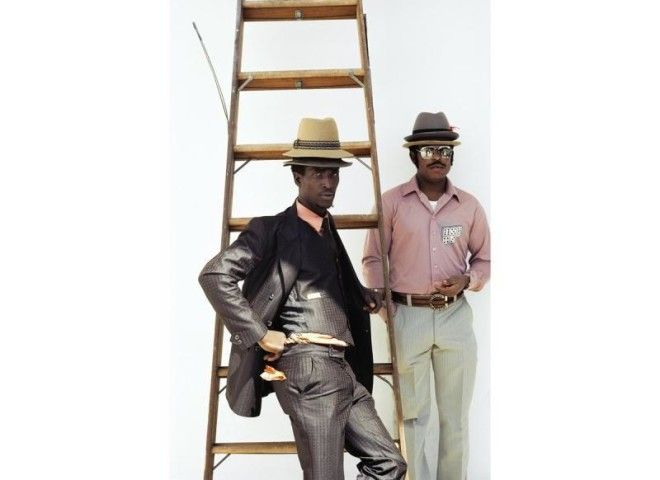
Miami, Florida, 1981.
It wasn’t until 2003 that Benn began to comb through the thousands of images he shot during his time at the magazine. Benn would generally take up to 10,000 pictures for each long-form story, and he estimates that he shot somewhere between 300,000 and 400,000 images during his time working.

Miami, Florida, 1981
Over the next five years, Benn worked tirelessly to edit down his massive archive. He looked for themes in his work, keeping in mind what would be interesting to a 21st-century audience. This effort resulted in his book, "Kodachrome Memory."
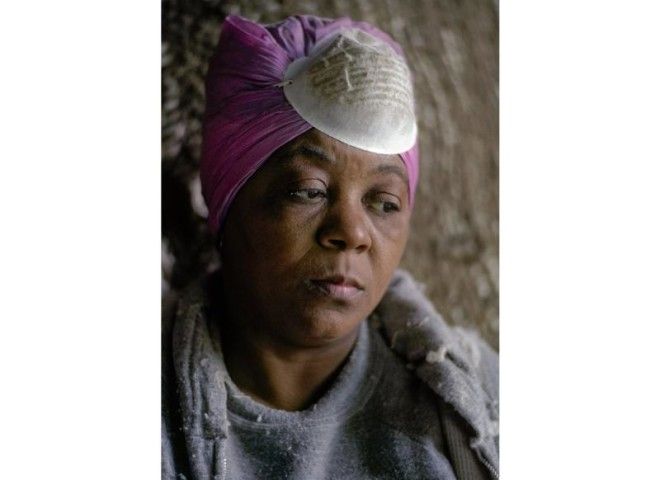
Helena, Arkansas, 1983.
Although Benn had worked all over the world, he felt that his photographs taken in the US were his most personal and gratifying. The title of the book is a nod to the Kodachrome film he used.
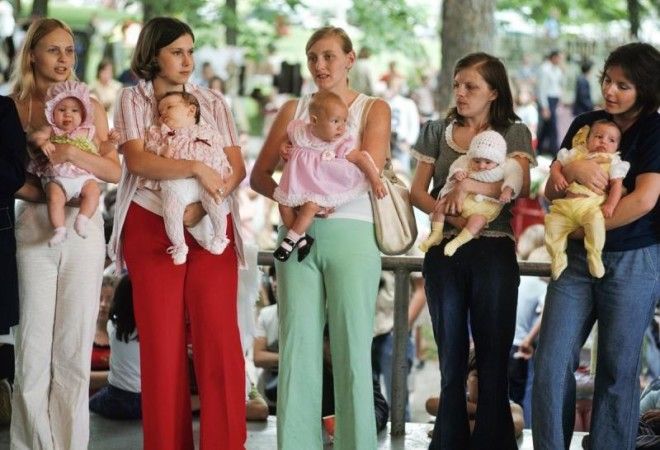
Hannibal, Missouri, July 3, 1976.
Although Benn has stopped actively shooting, his books, exhibitions, and website show his images to a new audience everyday.
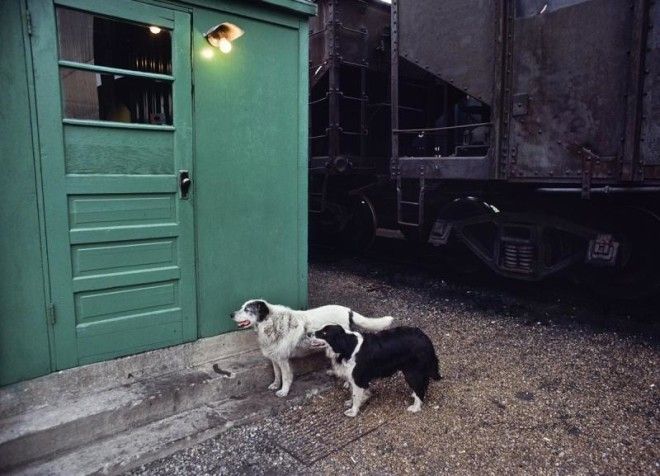
Nathan BennEast St. Louis, Illinois, 1977.
He's currently working on a new book focused on photos he took while on assignment in the Mississippi Delta region.
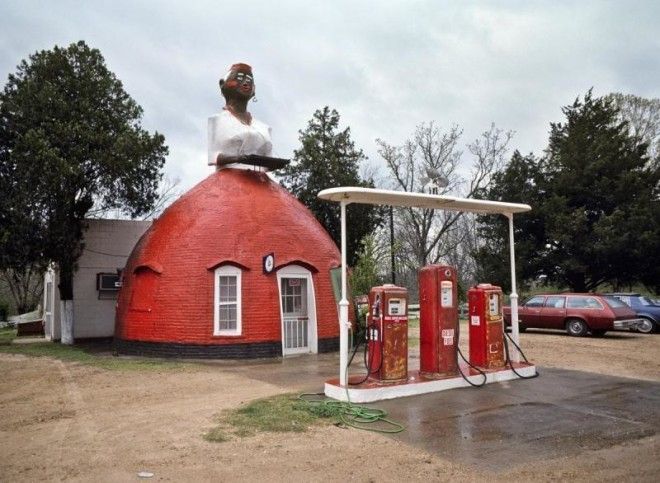
Natchez, Mississippi, 1983.
